-
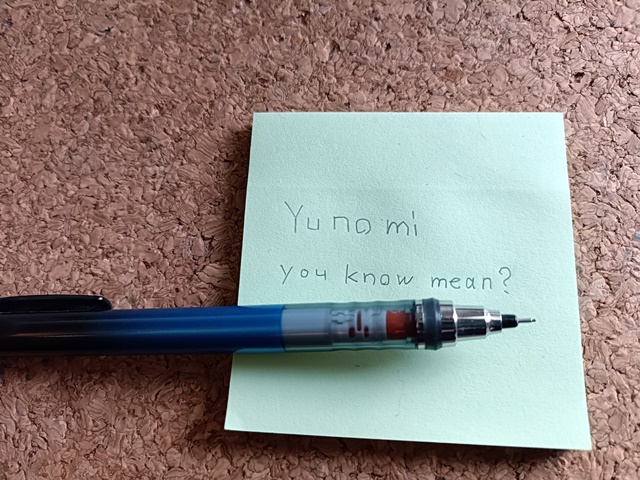
-
Sharp Pencils in Japan: The Perfect Balance of Precision and Design
everyday objects, Japanese design, Kuru Toga, mechanical pencil, sharp pencil, Sharpen, stationery, study culture
Few everyday items reflect Japan’s love of precision and minimalism better than the so-called “sharp pencil” — what English speakers know as the mechanical pencil. In Japan, these aren’t just tools for writing; they’re a blend of engineering, practicality, and quiet beauty. What Is a “Sharp Pencil”? In Japanese, a mechanical pencil is called shaap penshiru (シャープペンシル) — often shortened to “sharp.” While many countries rely on ballpoint pens for schoolwork, Japanese students overwhelmingly prefer mechanical pencils. Why? Because graphite can be erased cleanly with a plastic eraser, keeping notebooks neat and legible. For most students, a sharp pencil ...
-
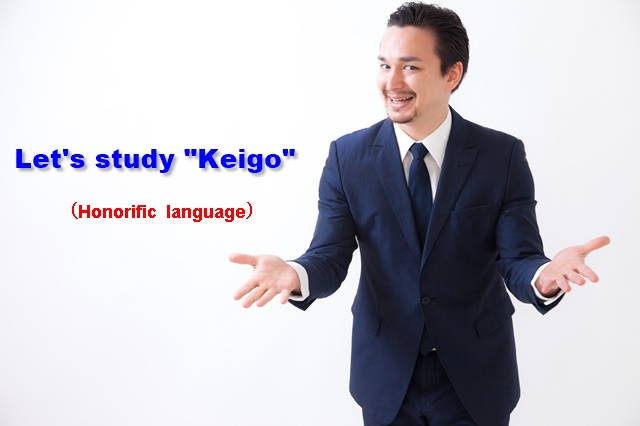
-
KEIGO: Let's learn how to talk politely in Japanese
Keigo is the honorific language in Japanese, which is one of the major categories that have to be mastered to be a proper Japanese speaker. Let’s start from a simple example. ‘Sushi’: the most famous Japanese dish actually is hardly called ‘sushi’ especially among ladies, and the people who want to use polite speech: it has to be called ‘O-sushi’. Prefix ‘O’ denotes politeness. ‘Cha’ (tea) will be called ‘O-cha’, ‘Hashi” (chopsticks) will be ‘O-hashi’, equally. "Go" & "o" But it’s a bit tricky. You can’t put ‘O’ to just anything, as it should be ‘GO’ in some cases like ...
-
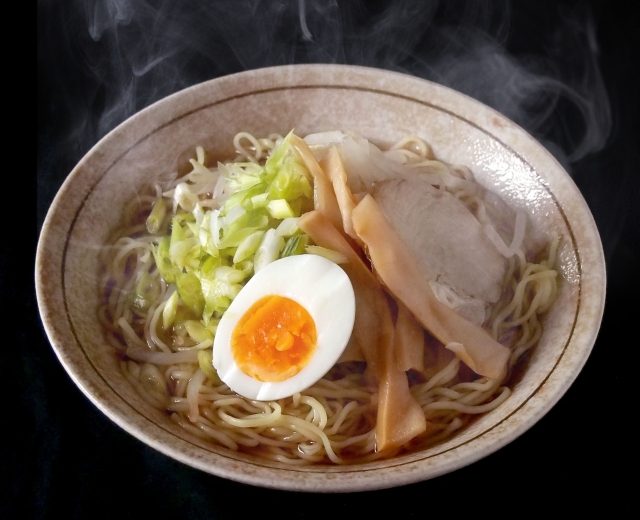
-
Japanese cannot live without Noodles.
Perhaps Japanese are known as the rice people. But noodles are one of their favorite that Japanese can’t really live without! One of the most popular noodles could be Ramen; yellowish egg noodle paired with pork and/or chicken hot broth. This is originally from China but it is deeply rooted into Japanese food culture. There are quite varieties in the type of noodle and soup. Ramen restaurants compete for the singular taste and style of ramen. Some regions of Japan have been known for their established style of ramen of their own. It’s worth traveling for the ramen exploration. ...
-
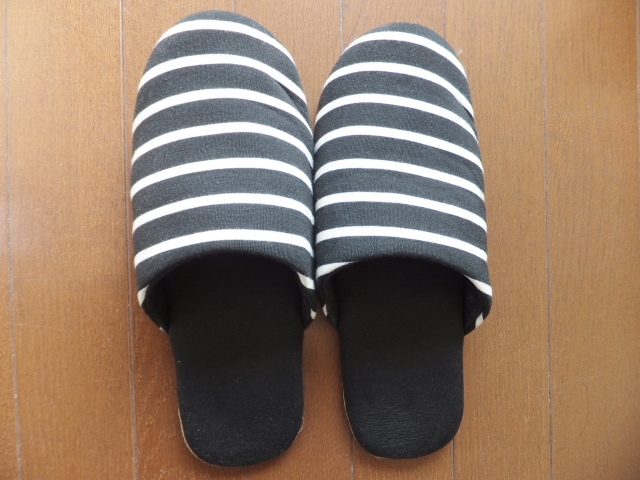
-
Slippers: Please take off your shoes at home in Japan
There are, in this world, several countries that have a culture to take off the shoes at the house entrance. Japan is definitely one of them. Japanese houses are made to separate strictly inside and outside. When you open the entrance door, there is an open space where you take off your shoes. The house floor is set approx. 10cm up to knee high raised from the entrance to allow very little chance that dirt reaches to the floor. That makes your feet feel completely clean and smooth on the floor. Even though, people wear slippers which are strictly for ...
-

-
Bath Culture in Japan: Relaxation, Tradition, and Everyday Life
bathing in japan, hot springs, japanese bath culture, Japanese culture, japanese customs, japanese lifestyle, japanese traditions, Onsen, Relaxation, sento
Few things represent Japan’s sense of comfort and mindfulness better than taking a bath.Japanese people love to soak in hot water — called “Ofuro” (お風呂) — all year round, regardless of the season.It’s more than just washing the body; it’s a daily ritual of relaxation, purification, and renewal. Onsen: Japan’s Natural Hot Springs When people think of Japanese bathing culture, Onsen (温泉) — natural hot springs — often comes to mind.Japan is blessed with thousands of onsen across the country, from snowy mountain villages to the heart of Tokyo. Visiting an onsen is not just about the bath itself.It’s an ...
-
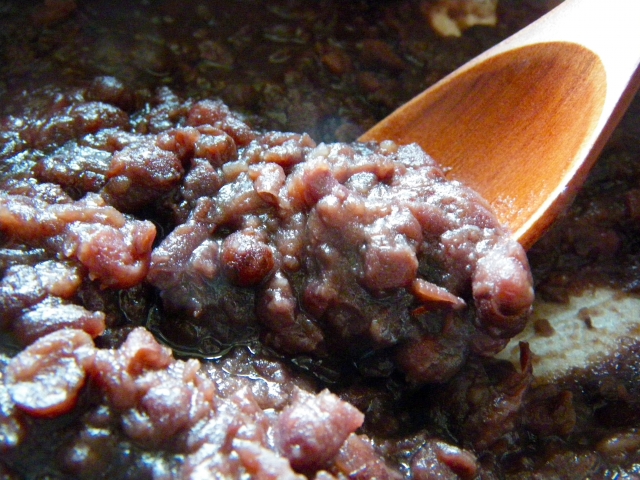
-
Without knowing the anko, I can not talk about Japanese sweets.
Have you heard or tried Japanese red bean paste as known as ‘Anko’? Anko is definitely indispensable for Japanese confectionary. It is simple to say how to prepare anko; cook the red beans until soft and dense, sweetened with sugar. Then either strain them through a sieve to make smooth creamy paste which is called koshi-an, or just mash them to adapt its rough texture with the husks which is called tsubu-an, according to the type of confectionary or to your preference. That’s it. However, of course it needs some tips and skills to reach the professional standard. Anko has ...
-

-
Mugicya is the most suitable drink for the summer
Probably, green tea is known as Japan’s most popular drink. However, ‘Mugicha’ is actually the most popular one during the summer seasons in Japan. Almost definitely, it will be found in everyone’s fridges. So what is Mugicha? Mugi-cha literally means ‘barley-tea’. To be qualified as the most popular drink, it is just simple to prepare; bring the water to boil then just add a cupful of whole roasted barley grains (mugi). Here’s the clear brown tea is done! Since it uses roasted barley, it’s caffeine-free. So it is a good drink for everyone from children to elders. Commonly, it is ...
-

-
Hanabi-taikai: Japan’s Summer Fireworks Tradition and the Spirit of Celebration
Every summer in Japan, the night sky bursts into color as fireworks festivals — hanabi-taikai (花火大会) — light up towns and cities across the country. More than just a visual spectacle, these events represent joy, togetherness, and the fleeting beauty that defines Japanese aesthetics. Families, couples, and friends gather by riversides, parks, and beaches to watch the fireworks bloom like giant flowers.In a season marked by heat and humidity, these displays offer a cool, shared moment of wonder under the stars. The Meaning Behind Hanabi The word hanabi (花火) literally means “flower fire.”It captures the Japanese appreciation for impermanence — ...
-
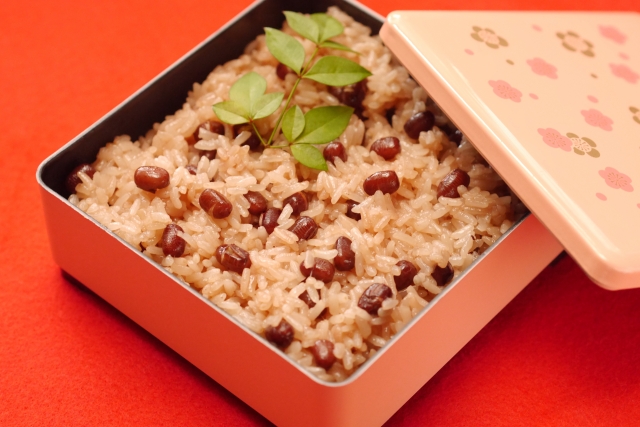
-
Why Japanese People Eat Sekihan: The Red Rice of Celebration
In Japan, some dishes are more than food — they carry meanings, memories, and quiet emotions. Few capture this better than sekihan (赤飯), literally “red rice.” ⛤ A Sacred Hue: From Ancient Red Rice Long before modern sekihan, ancient Japan offered aka-mai (red rice) to deities. From there, red came to symbolize joy, vitality, and protection — a sacred color for special days. 🍚 What Exactly Is Sekihan? Sekihan is made by steaming glutinous rice (mochi-gome) with azuki beans (or sasage). As the beans cook, they tint the rice a gentle red — not bright, but warmly celebratory. ...
-
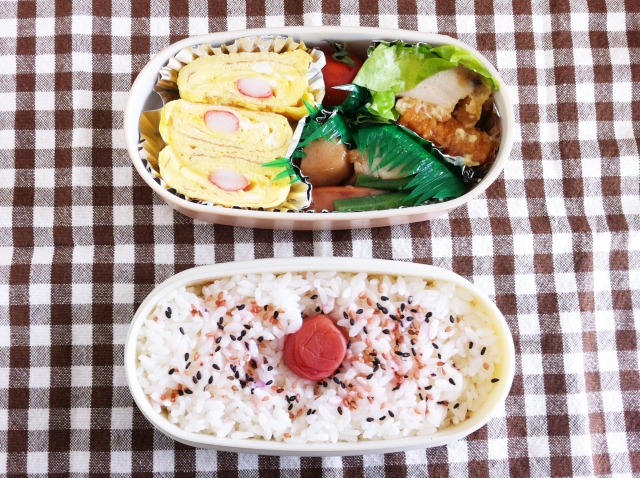
-
Obento: Japan’s Beautiful Art of the Lunch Box
In Japan, taking a home-made lunch to work or school is more than just a practical routine — it’s a small expression of care, balance, and beauty. The meal packed inside is called an obento, and it reflects a deep cultural sense of thoughtfulness in everyday life. What Is an Obento? An obento is a single-portion meal neatly packed in a box. It’s the Japanese way of bringing a complete, balanced meal wherever you go. You’ll see office workers opening them in parks, students unwrapping them at lunch, and travelers enjoying them on trains. The Box Itself The ...
